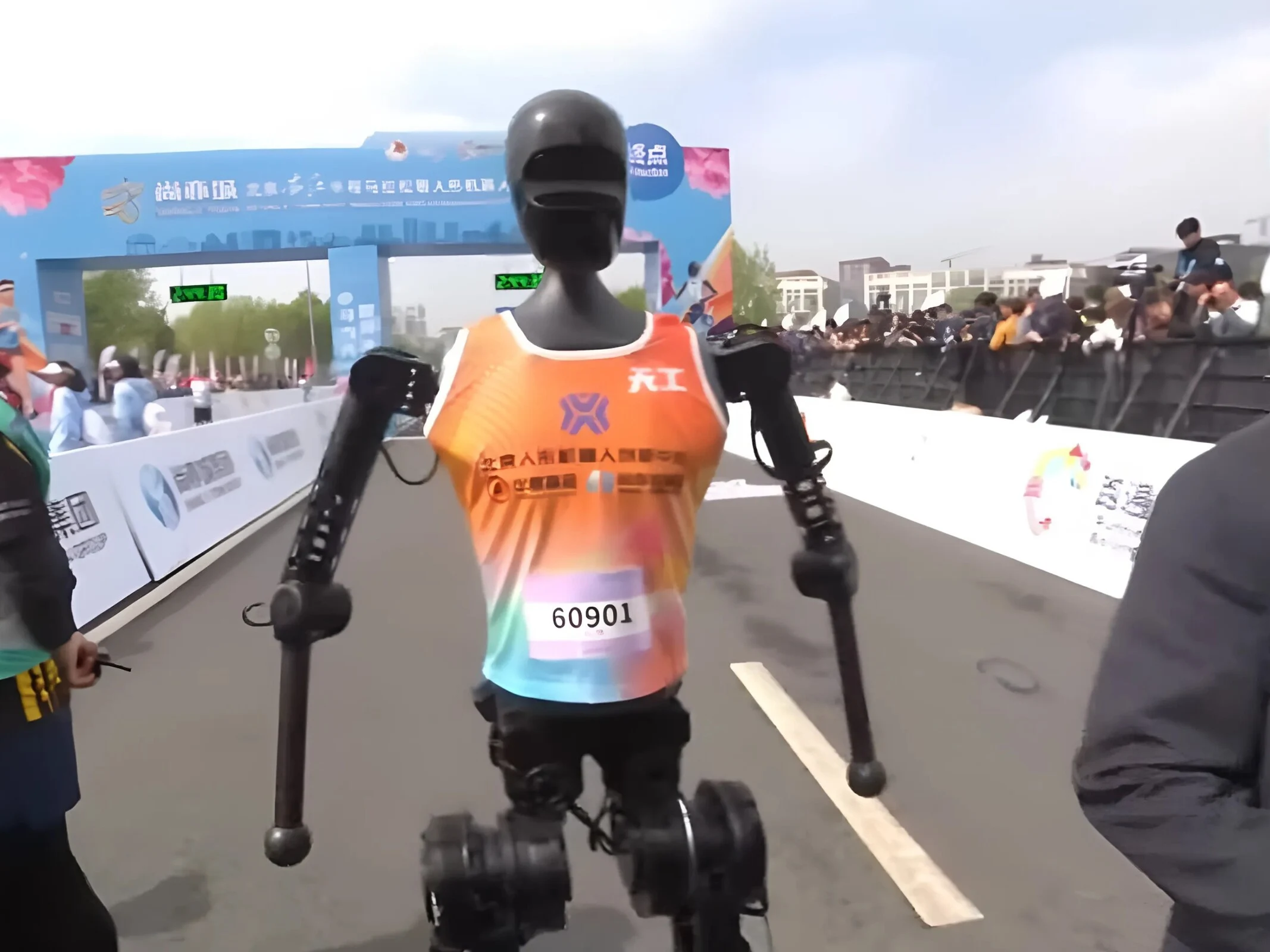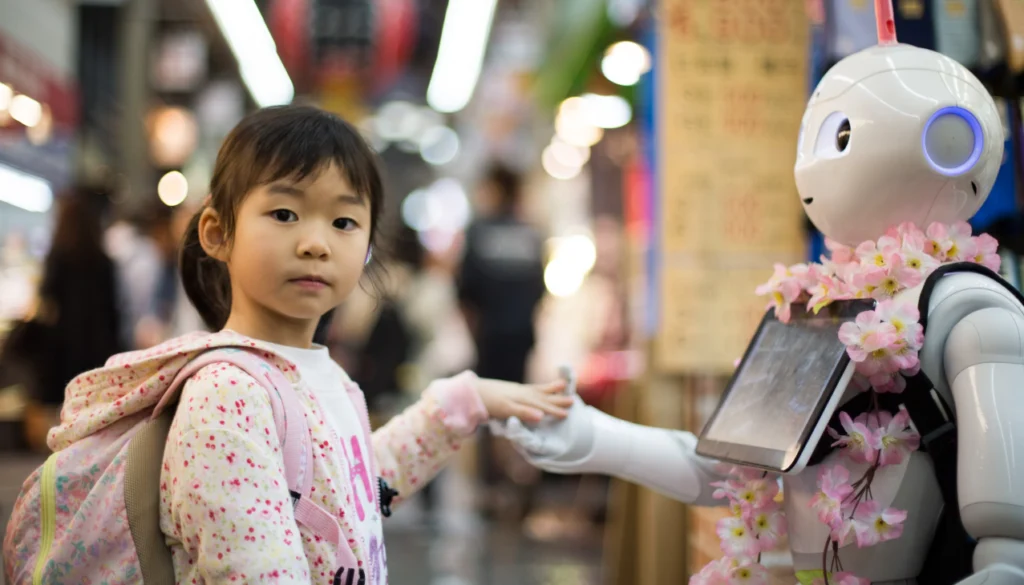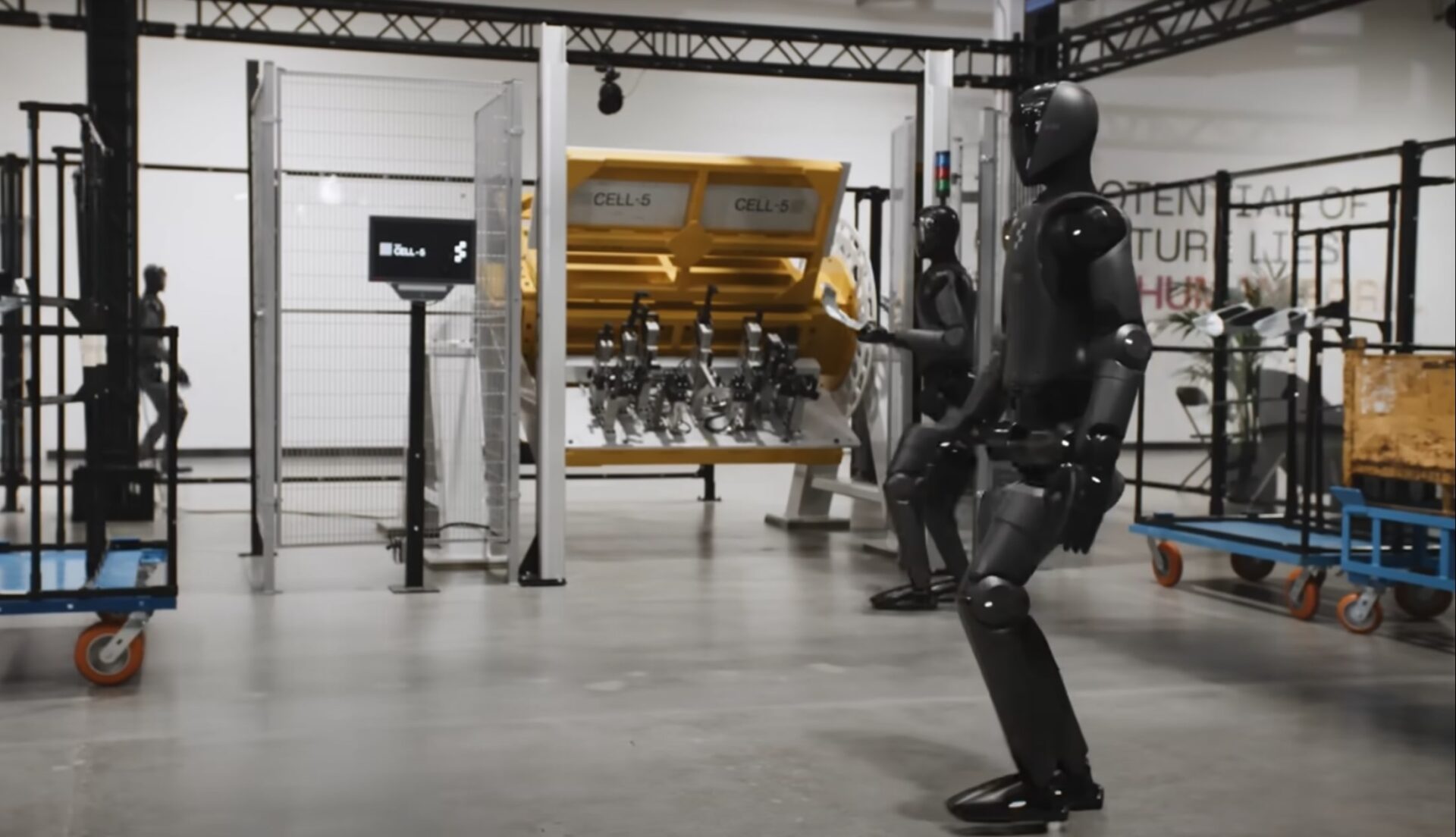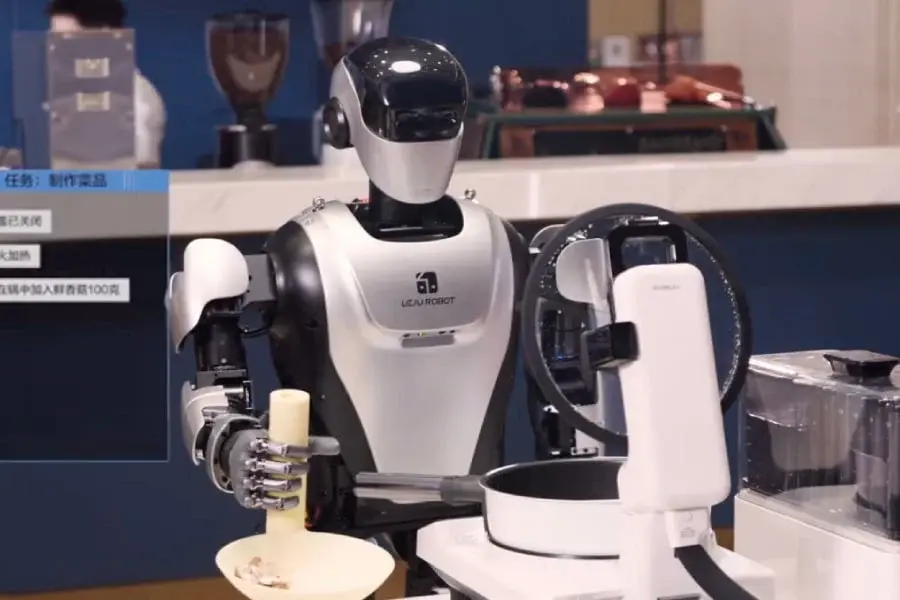Key Takeaways
1. Humanoid robots like Figure’s Model 02 are advancing in technology, showcasing new capabilities for household chores.
2. The Model 02 can load a washing machine, demonstrating impressive accuracy and smooth movements.
3. There are requests for more comprehensive video footage to better understand the robot’s laundry process.
4. Concerns about the authenticity of the robot’s smooth movements have been addressed, attributing it to the company’s in-house AI model, Helix.
5. Figure is targeting industrial customers for the Model 02, with expected pricing higher than some existing models, making it uncertain if it will be affordable for average consumers.
Humanoid robots have made great strides in technology in the recent times. Clips of these androids have been shared widely on the internet, showcasing them boxing, engaging in football, or executing impressive kung fu stunts. While these performances are certainly captivating, they don’t provide much real value for everyday life. However, the Model 02 by Figure is a notable exception.
Robot’s New Capabilities
A new video posted by Figure’s founder Brett Adcock on X features the 02 as it takes on the task of laundry. Although it can’t yet run the machine by itself, it shows it can load it up – giving us a peek into how humanoid robots may help with chores at home in the future.
To be honest, the Figure 02 does take a bit of time to load the washing machine, but it demonstrates an impressive level of accuracy. For example, it notices when laundry items are sticking out of the drum and adjusts its actions accordingly. Many viewers have expressed their admiration for the 02’s abilities, especially its smooth movements. However, there’s a frequent request for more comprehensive video footage that captures the entire process.
Questions About Authenticity
Some viewers have raised doubts about the video’s genuineness, pointing to the robot’s unusually seamless movements. In response, Adcock clarified that this smoothness comes from Helix, the in-house AI model developed by the company. Figure intends to offer Helix to other robot makers down the line, which could pave the way for more humanoid robots taking on household duties. Nonetheless, it’s still unclear if these robots will be affordable for the average consumer.
While no pricing details have been revealed yet, Figure is targeting industrial customers with the 02. Its price is anticipated to be much higher than Unitree’s R1, which may attract individual users, although likely more for fun rather than practical purposes.
Source:
Link









